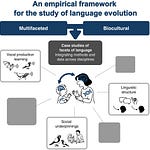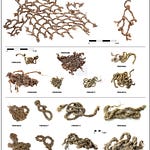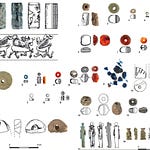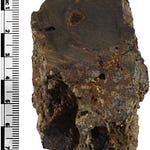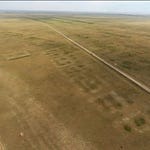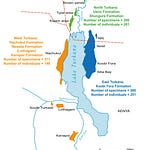The City Without a Name
Teotihuacan has always been a city of mysteries. Rising from the highlands of central Mexico more than two thousand years ago, it became the largest metropolis in pre-Columbian America—a place of vast pyramids, painted palaces, and sprawling neighborhoods that once housed as many as 125,000 people.
Yet despite decades of excavation, the city’s most basic identity remains uncertain. Who were the people who built the Pyramid of the Sun? What language did they speak? And why, after centuries of power, did they abandon their monumental city around 600 CE?
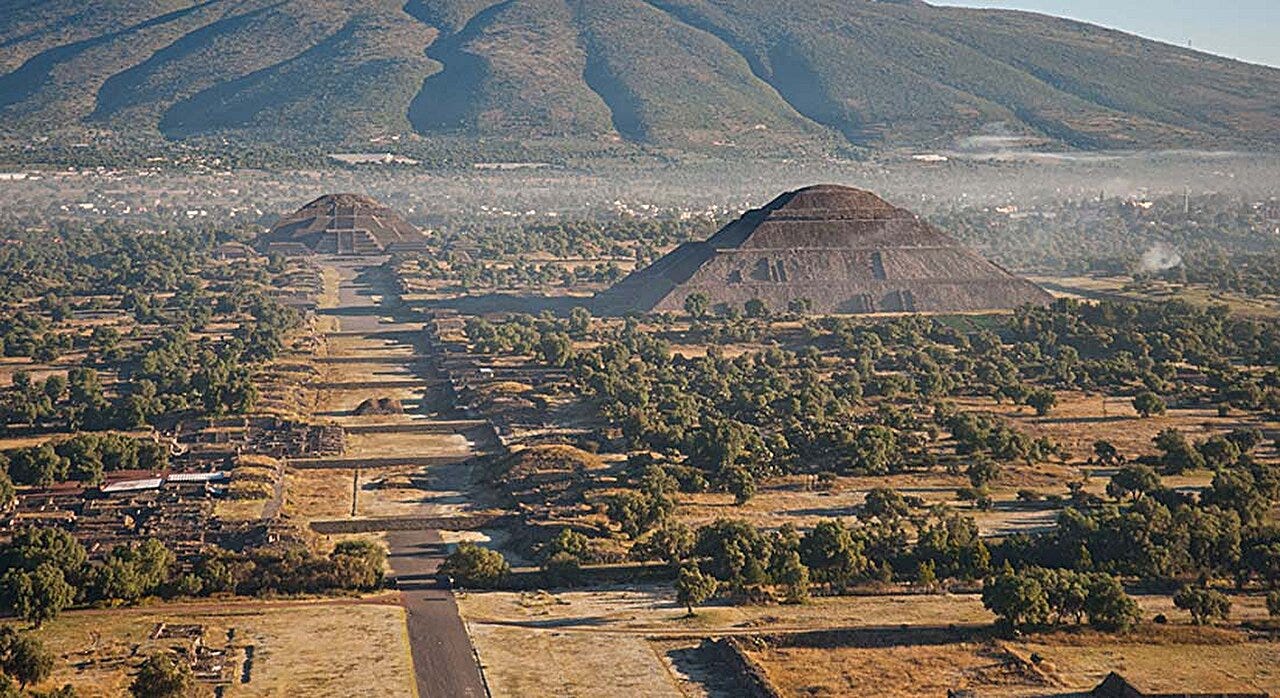
For generations, scholars have tried to read the city’s clues—its murals, ceramics, and fragments of writing that decorate its temples and walls. But without a deciphered script, Teotihuacan has remained an enigma, its people a silent presence in Mesoamerican history.
That silence may now be breaking.
In a new paper published in Current Anthropology1, linguist Magnus Pharao Hansen and archaeologist Christopher Helmke of the University of Copenhagen argue that the painted symbols of Teotihuacan constitute a true writing system—and that this script recorded an early form of the Uto-Aztecan language family, ancestral to modern tongues like Cora, Huichol, and Nahuatl, the language of the Aztecs.
“If these findings hold,” says Dr. Elena Rossi, a Mesoamerican epigrapher at the University of Bologna, “it would suggest that the people of Teotihuacan were not culturally isolated, but linguistically tied to later civilizations that shaped the heart of Mesoamerica.”
Listen to this episode with a 7-day free trial
Subscribe to Anthropology.net to listen to this post and get 7 days of free access to the full post archives.


